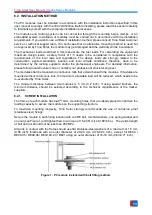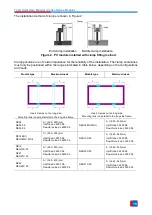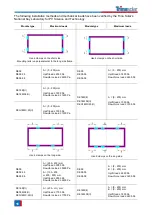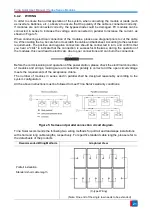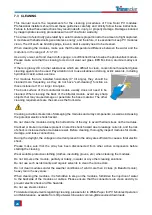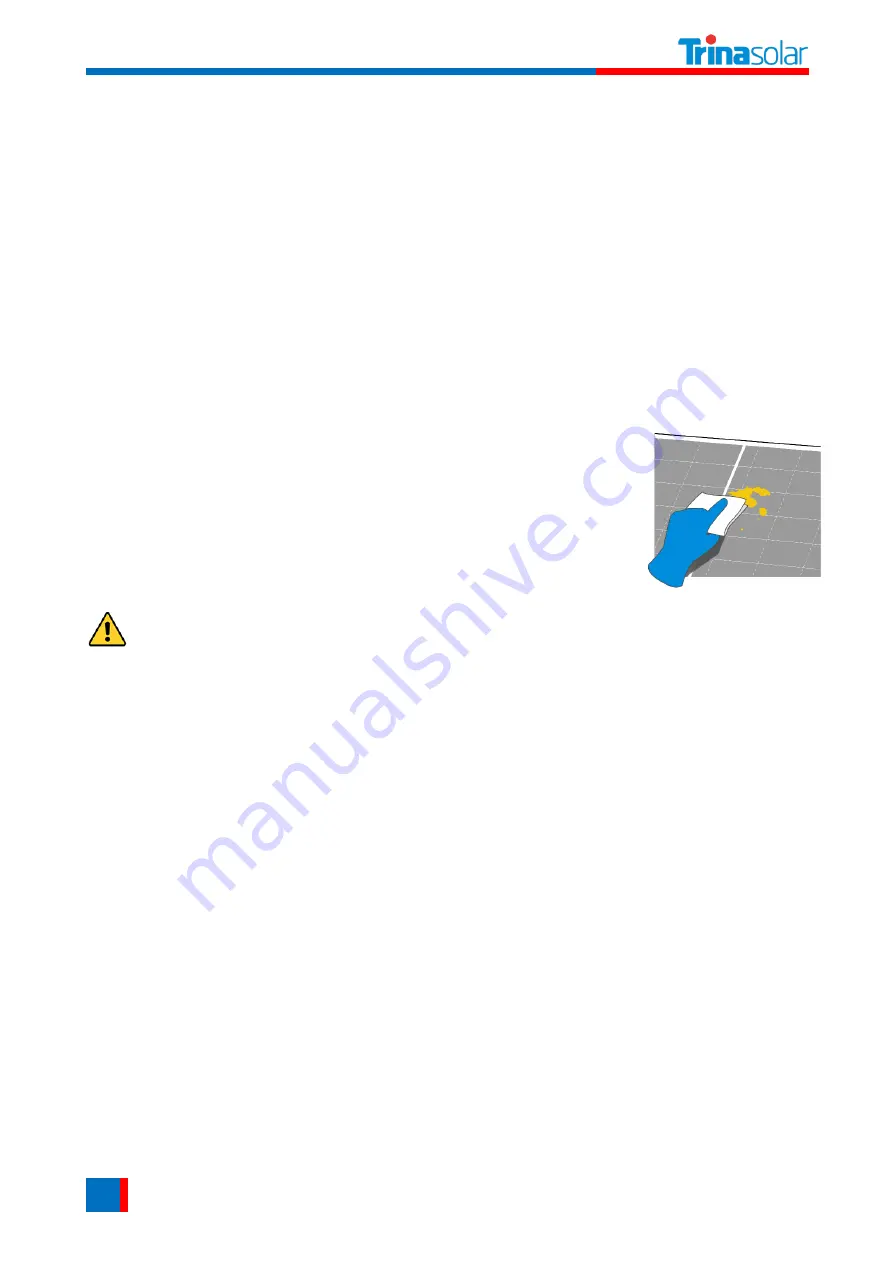
24
7.3 CLEANING
This manual covers the requirements for the cleaning procedures of Trina Solar PV modules.
Professional installers should read these guidelines carefully and strictly follow these instructions.
Failure to follow these instructions may result in death, injury, or property damage. Damages induced
by inappropriate cleaning procedures will void Trina Solar warranty.
The amount of electricity generated by a solar module is proportional to the amount of light captured.
A module with shaded cells generate less energy, and therefore, it is essential to keep PV modules
clean. The dirt such as bird droppings, leaves, dust is usually need to be cleaned.
When cleaning the modules, make sure that the temperature difference between the water and the
module is in the range of -5
℃
-10
℃.
Use a dry or wet, soft and clean cloth, sponge, or soft bristled brush to wipe the photovoltaic module.
Please make sure that the cleaning tools do not wear out glass, EPDM, silicon, aluminum alloys or
steel.
If there is greasy dirt or other substances which are difficult to clean, conventional household glass
cleaning agents can be used. Pay attention not to use alkaline and strong acidic solvents, including
hydrofluoric acid, alkali, acetone.
For modules that are installed horizontally (0° tilt angle), they should be
cleaned more frequently, as they do not have "self-cleaning" function as
those installed at 10° or larger tilt angles.
The back surface of the monofacial module usually does not need to be
cleaned. When cleaning the back of the bifacial module, avoid any sharp
objects that may cause damage or penetrate the base material. The other
cleaning requirements are the same as the front-side.
Cleaning activities create risk of damaging the modules and array components, as well as increasing
the potential electric shock hazard.
Do not clean the modules during the hottest time of the day to avoid thermal stress on the modules.
Cracked or broken modules represent an electric shock hazard due to leakage currents, and the risk
of shock is increased when modules are wet. Before cleaning, thoroughly inspect modules for cracks,
damage, and loose connections.
During the daylight, the voltage and current present in the array are sufficient to cause a fatal electric
shock.
Please make sure that the array has been disconnected from other active components before
starting the cleaning.
Wear suitable protective clothing (clothes, insulating gloves, etc.) when cleaning the modules.
Do not immerse the module, partially or totally, in water or any other cleaning solutions.
Do not use such as lubricants and organic solvents to clean the connectors.
Do not clean modules under the weather conditions of wind more than 4 class (in Beaufort scale),
heavy rain or heavy snow.
When cleaning the modules, it is forbidden to step on the modules, forbidden the injection of water
to the backside of the modules or cables. Please ensure that the connectors are clean and dry to
prevent electric shock and fire hazards.
Do not use steam cleaner.
For detailed requirements regarding cleaning, please refer to
White Paper for PV Modules Operation
and Maintenance




